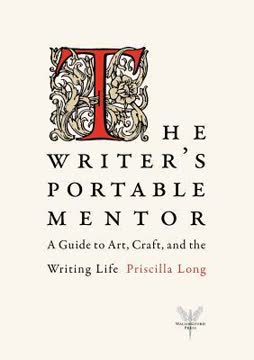Key Takeaways
1. Daily Writing Practice: The Foundation of a Writer's Life
Writing every day is the key to becoming a writer. Writing every day is the key to remaining a writer. It is the only secret, the only trick.
Commit to daily writing. Set aside at least 15 minutes each day for writing practice. This consistent habit forms the bedrock of a writer's life, keeping you connected to your craft regardless of external circumstances. Use a physical notebook for this practice, as it allows for deeper focus and engagement with your thoughts.
Embrace writing as discovery. During your daily practice, write continuously without stopping, editing, or censoring yourself. This freewriting technique allows you to tap into your subconscious and uncover new ideas, memories, and insights. Don't worry about quality or coherence at this stage; the goal is simply to generate raw material.
Benefits of daily writing practice:
- Maintains connection to your writing, even during busy periods
- Generates a wealth of raw material for future projects
- Improves writing fluency and reduces writer's block
- Develops your unique voice and style over time
2. Language as Clay: Mastering Words and Sentences
To work with language is to make like Adam and put a name on a thing.
Expand your vocabulary. Actively collect words that intrigue you, noting their meanings, origins, and connotations. Create a personal lexicon, a dedicated notebook for recording these linguistic treasures. This practice will enrich your writing and help you find the perfect word for every situation.
Craft sentences with intention. View sentences as units of meaning, not just strings of words. Experiment with different sentence structures to convey specific effects:
- Use short, punchy sentences for emphasis or to create tension
- Employ longer, flowing sentences to evoke a sense of calm or to describe complex ideas
- Play with rhythm and sound by repeating words or using alliteration
Sentence crafting techniques:
- Vary sentence length and structure for rhythm and emphasis
- Use strong verbs to drive action and create vivid imagery
- Employ parallel structure to reinforce related ideas
- Experiment with fragments for dramatic effect
3. Observation: The Writer's Sharpest Tool
To write such elegant sentences requires a technical grasp of the simple, compound, and complex sentence. These sorts of sentences do not flow from the pens of writers oblivious to the differences among them.
Sharpen your observational skills. Practice describing your surroundings in detail, focusing on sensory information. Use a dedicated notebook for these observations, capturing the sights, sounds, smells, textures, and tastes of your environment. This practice will help you create more vivid and immersive writing.
Pay attention to people. Observe gestures, facial expressions, and patterns of speech in those around you. These details can bring your characters to life and make your dialogue more authentic. Keep a "character notebook" to record interesting traits, mannerisms, and snippets of overheard conversation.
Observation exercises:
- Spend 15 minutes describing a single object in minute detail
- People-watch in a public place, noting interesting behaviors and interactions
- Practice "sensory walks," focusing on one sense at a time as you move through your environment
- Describe familiar places or objects from unusual perspectives (e.g., a child's eye view, an alien's perspective)
4. Structure: The Skeleton of Compelling Writing
To write without a structure is to be lost in the woods. It's okay to be lost, but not for long.
Understand basic story structures. Familiarize yourself with common narrative frameworks, such as the three-act structure, the hero's journey, or the five-act dramatic structure. These templates can provide a solid foundation for your writing, whether you're crafting fiction or non-fiction.
Experiment with different forms. Try writing in various structures to find what works best for your material:
- Theme structure: Explore a central idea through multiple angles
- Collage structure: Juxtapose seemingly unrelated elements to create meaning
- A/B or two-strand structure: Weave together two narrative threads
- Dramatic story structure: Build tension through conflict and resolution
Key elements of effective structure:
- A clear beginning, middle, and end
- Rising action or increasing complexity
- A turning point or climax
- Resolution or denouement
- Logical progression of ideas or events
5. Revision: Transforming Raw Material into Art
Revision is about deepening, extending, elaborating, and only then burnishing and honing.
Approach revision as a multi-stage process. Don't try to perfect your writing in a single pass. Instead, focus on different aspects of your work in successive rounds of revision:
- Structure and organization
- Character development and plot (for fiction)
- Clarity and coherence of ideas
- Language and style
- Grammar and mechanics
Read your work aloud. This practice helps you catch awkward phrasing, repetitive words, and rhythm issues that you might miss when reading silently. It also allows you to experience your writing from a reader's perspective.
Revision strategies:
- Take breaks between drafts to gain fresh perspective
- Get feedback from trusted readers or a writing group
- Focus on one element at a time (e.g., dialogue, description, pacing)
- Be willing to cut or significantly rework sections that aren't serving the piece
- Keep earlier drafts in case you want to revert changes
6. Metaphor and Simile: The Heart of Vivid Writing
A good metaphor is an original metaphor. It intensifies an emotion or clarifies a concept. It makes an abstract notion visual or visceral. It turns something unknown into something familiar.
Practice creating original comparisons. Challenge yourself to find fresh ways to describe familiar objects, emotions, or experiences. Avoid clichés and overused metaphors, which can make your writing feel stale and uninspired.
Use metaphors and similes purposefully. These literary devices should enhance understanding or evoke specific emotions, not merely decorate your prose. Consider how your comparisons contribute to the overall tone and themes of your work.
Types of metaphors to explore:
- Extended metaphors: Develop a comparison throughout a piece
- Mixed metaphors: Combine multiple comparisons (use with caution)
- Dead metaphors: Revitalize overused comparisons with fresh twists
- Personification: Give human qualities to non-human things
- Synecdoche: Use a part to represent the whole
7. Getting Published: Navigating the Literary World
Work never sent out is likely never completed. The author never has to stand by it, for better or for worse. It is never exposed to a stranger's eye.
Develop a submission strategy. Set a goal for the number of submissions you'll make each year, and create a system for tracking your submissions. This approach helps you maintain momentum and reduces the emotional impact of individual rejections.
Research your markets. Read literary journals and magazines in your genre to understand their preferences and styles. Submit your work to publications that are a good fit for your writing, increasing your chances of acceptance.
Steps to successful submission:
- Polish your work to the best of your ability
- Write a professional cover letter
- Follow submission guidelines meticulously
- Keep records of where and when you submit
- Be patient and persistent; rejections are part of the process
- Celebrate acceptances, no matter how small
Build your writing community. Attend readings, workshops, and conferences to connect with other writers and industry professionals. These relationships can provide support, opportunities, and valuable insights into the publishing world.
Last updated:
FAQ
What’s The Writer’s Portable Mentor by Priscilla Long about?
- Comprehensive writing guide: The book is a detailed manual on the art, craft, and life of writing, blending technical instruction with philosophical insights.
- Six vital areas: It covers productivity, language work, observation, story structure, sentence skills, and publishing, making it relevant for writers of all genres.
- Focus on lifelong learning: Priscilla Long emphasizes that mastering writing is a continuous process, encouraging writers to deepen their skills and produce accomplished work regularly.
- Integration of craft and life: The book addresses both the technical aspects of writing and the emotional, practical challenges of sustaining a writing life.
Why should I read The Writer’s Portable Mentor by Priscilla Long?
- Practical and tested advice: The book is based on fifteen years of teaching and personal writing experience, with exercises proven to help writers grow.
- Holistic approach: It combines craft techniques, practical exercises, and philosophical reflections, making it a valuable resource for committed writers.
- Updated and relevant: The second edition includes new examples and insights, reflecting changes in the writing and publishing landscape.
- Support for all writers: Whether you write fiction, nonfiction, poetry, or journalism, the book offers tools to improve your craft and sustain your writing practice.
What are the key takeaways from The Writer’s Portable Mentor by Priscilla Long?
- Daily writing practice: Writing every day, even for fifteen minutes, is essential for overcoming blocks and maintaining momentum.
- Language as clay: Writers should actively collect and work with words, focusing on concrete, accurate, and musical language.
- Observation and structure: Training in observation and understanding story structures are crucial for creating vivid, well-shaped works.
- Productivity and publishing: Completing and submitting work is vital; productivity and craft must go hand in hand for a successful writing life.
What is the “writing practice” or “discovery writing” method in The Writer’s Portable Mentor?
- Timed, uninterrupted sessions: Write continuously by hand for a set period (e.g., fifteen minutes), focusing on generating material without self-editing.
- Notebook over computer: Writing by hand in a quiet notebook helps avoid distractions and engages the brain more deeply than typing.
- Versatile tool: Use writing practice for observation, character exploration, drafting, or working through creative hesitations.
- Foundation for all writing: This habit underpins all other writing activities and helps maintain a steady connection to your craft.
How does Priscilla Long advise working with language and words in The Writer’s Portable Mentor?
- Active word gathering: Collect words you love, focusing on specificity—names of plants, tools, colors, and more—to enrich your vocabulary.
- Lexicon Practice: Maintain a personal word book and create “word traps” (lists of words related to a piece) to deepen your resource base.
- Sound and repetition: Play with alliteration, assonance, slant rhyme, and repetition to create musicality and resonance in your prose.
- Move beyond clichés: Strive for fresh, concrete language rather than relying on general or abstract terms.
What observation techniques does The Writer’s Portable Mentor recommend for writers?
- Here and Now exercise: Spend fifteen minutes describing sensory details—what you see, hear, smell, taste, or touch—without opinion or reflection.
- Detailed character observation: Write portraits that include body type, dress, coloration, and habitual gestures to create vivid characters.
- Voice observation: Capture distinct voices by noting speech patterns, expressions, and colloquialisms for authenticity.
- Sharpening detail: These practices train writers to notice and convey concrete, specific details in their work.
What are the four story structures explained in The Writer’s Portable Mentor by Priscilla Long?
- Theme Structure: Organizes a piece around a central subject or theme, allowing for wide-ranging exploration while maintaining focus.
- Collage Structure: Assembles short, disparate sections or fragments (quotes, anecdotes, reflections) into a coherent whole.
- A/B or Two-Strand Structure: Alternates between two related or contrasting topics, enriching understanding through comparison.
- Dramatic Story Structure: Follows a protagonist facing complications, rising action, climax, and resolution, emphasizing change and struggle.
What are the key narrative structure principles in The Writer’s Portable Mentor?
- Complication and resolution: Most dramatic narratives revolve around a significant complication opposed by antagonists, with a protagonist striving for resolution.
- Escalation of conflict: Complications often escalate in steps, increasing tension and stakes to keep readers engaged.
- Character grit and transformation: Protagonists must have grit and often undergo a change in understanding or goal by the story’s end.
- Helpers and antagonists: Supporting characters influence the protagonist’s journey, adding complexity to the narrative.
How does The Writer’s Portable Mentor by Priscilla Long advise writers to craft effective openings?
- Start with impact: Openings should deliver the most important information or central conflict immediately to hook the reader.
- Variety of strategies: Use anecdotes, questions, direct statements, or evocative images to orient the reader quickly.
- Practice and revision: Experiment with different opening types and revise after drafting, as the best lead often emerges later.
- Swift orientation: Ensure the reader knows the who, what, when, where, and why early on.
What sentence structures and techniques does The Writer’s Portable Mentor emphasize?
- Mastery of forms: Use simple, compound, complex, and compound-complex sentences fluently for varied, effective prose.
- Sentence as meaning performer: Structure sentences so their rhythm and form reflect their content, enhancing the reader’s experience.
- Use of fragments and lists: Employ fragments for emphasis and vividness, and list sentences for compression and rhythm.
- Repetition as a device: Repeating key words can intensify meaning and create rhetorical power.
How does The Writer’s Portable Mentor by Priscilla Long approach revision and deepening writing?
- Revision as deepening: Focus on extending, elaborating, and honing insight, structure, imagery, voice, and emotional saturation.
- Work outside the text: Experiment with difficult sentences or paragraphs in a separate notebook before reintegrating them.
- Balance truth and aesthetics: Ensure language serves meaning, balancing accuracy with musical and visual qualities.
- Consistent work over talent: The book emphasizes that persistent revision and effort often outweigh innate talent.
What are the best quotes from The Writer’s Portable Mentor by Priscilla Long and what do they mean?
- “Writing is a labor, shot through with delight.” —Scott Russell Sanders: Writing is hard work but also filled with moments of joy and discovery.
- “The artist, wrote Katherine Anne Porter, ‘must roll up his sleeves and get to work like a bricklayer.’” Creativity requires disciplined, consistent effort, not just inspiration.
- “Nothing we create is art at first. It is simply a collection of notions that may never be understood. Returning every day thickens the atmosphere. Images appear. Connections are made.” —Walter Mosley: Art emerges through persistent daily work and revisiting the material.
- “The poem makes the self strange. The novel makes strangers familiar.” —Amit Majmudar: Highlights the contrasting powers of poetry and novels in shaping perception and empathy.
- “Work vs. Talent” (chapter on revision): Consistent work and revision are more important than innate talent in producing accomplished writing.
Review Summary
The Writer's Portable Mentor receives overwhelmingly positive reviews, with readers praising its practical advice, exercises, and comprehensive coverage of writing techniques. Many consider it the best writing craft book they've encountered, citing its focus on daily writing, sentence structure, and revision. Reviewers appreciate Long's clear explanations, engaging prose, and use of examples from accomplished writers. The book is frequently described as inspiring and invaluable, with readers reporting significant improvements in their writing skills and confidence after applying its teachings.
Similar Books
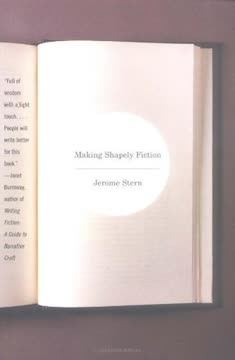
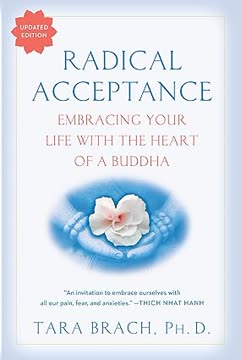
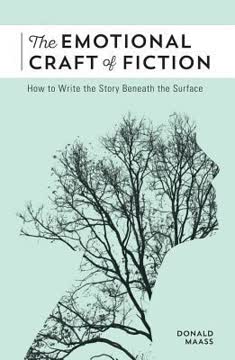
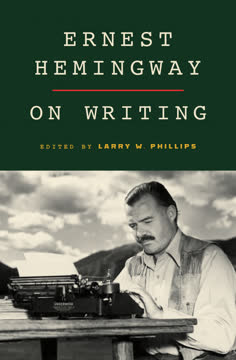
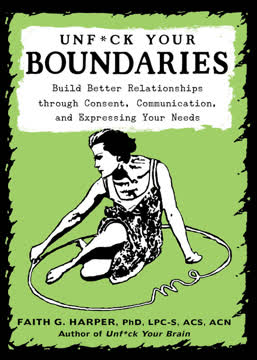
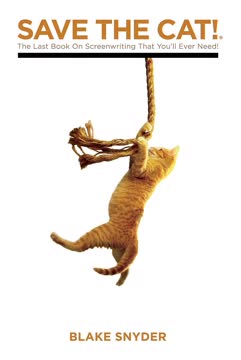
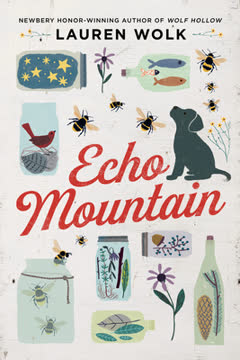
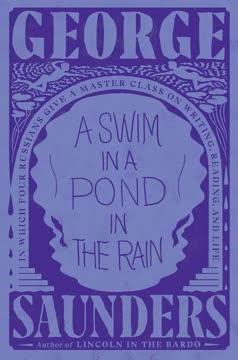
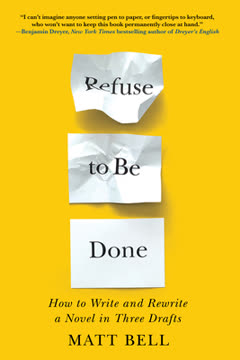
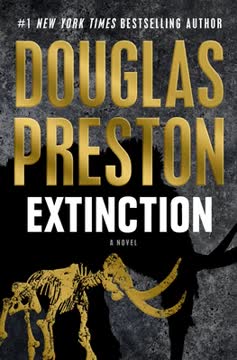
Download PDF
Download EPUB
.epub digital book format is ideal for reading ebooks on phones, tablets, and e-readers.
